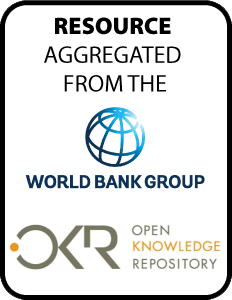Resource information
With most of the global population and
capital goods concentrated in urban areas, cities are key to
social development and economic prosperity. They are drivers
of national economic growth and innovation, and act as
cultural and creative centers. Many development partners and
other organizations are active on the topic of resilience in
cities, and there has been a recent upswing in the
development and promotion of innovate programs, tools, and
initiatives. Arup International and the Rockefeller
Foundation have developed the city resilience framework,
which provides a lens through which the complexity of cities
and the numerous factors that contribute to a city’s
resilience can be understood. The framework is being used to
facilitate agenda-setting sessions in cities selected to
participate in the 100 resilient cities challenge. Within
this global context, the city strength diagnostic was
developed to help World Bank staff apply this new holistic
approach to urban resilience to operations. It was designed
to help facilitate a dialogue among stakeholders (for
example, government, civil society, residents, and the
private sector) about risks, resilience, and the performance
of urban systems. The city strength diagnostic results in
the identification of priority actions and investments that
will enhance the city’s resilience as well as increase the
resilience building potential of planned or aspirational
projects. It stresses a holistic and integrated approach
that encourages cross-sectoral collaborations to more
efficiently tackle existing issues and to unlock
opportunities within the city.


